Insulation Monitoring Devices for Railway Transport
In the railway transportation industry, an insulation monitoring device is essential for the safe and efficient operation of railway vehicles and traction IT systems. The insulation monitoring device is primarily applied to rolling stock and railway infrastructure. For rolling stock, insulation monitoring continuously monitors the insulation condition of traction batteries, traction containers, and drive units, central power supplies, auxiliary drives, and passenger compartments. For railway infrastructure, insulation monitoring is commonly used to continuously monitor signaling and control systems, turnout switch heating systems, and traction rectifier substations. This article will provide a detailed introduction to insulation monitoring solutions for railway transportation.
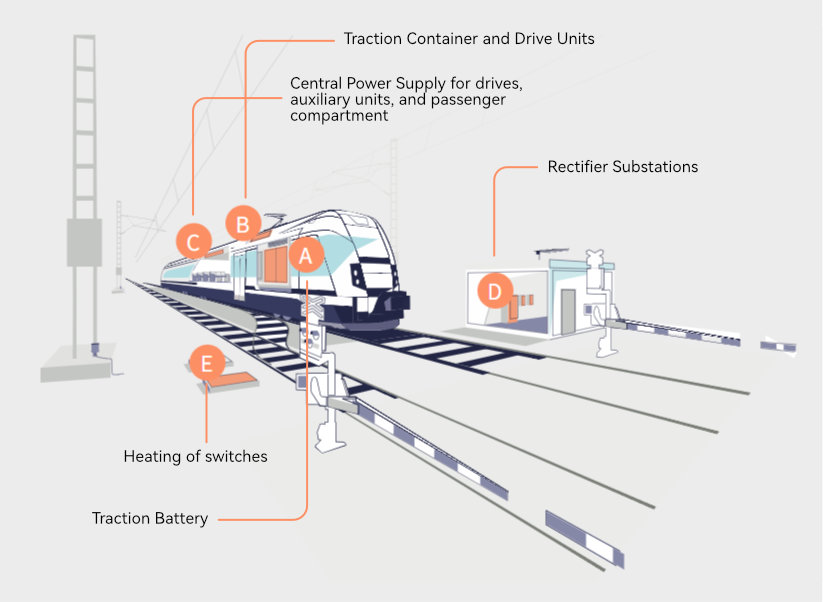
Insulation monitoring devices for traction systems and vehicles
Insulation Monitoring for Traction Batteries
The traction battery system refers to the power battery pack on rolling stock that provides power for safety, communications, and vehicle control technologies. Due to the high voltage of the battery pack, an insulation failure in the traction battery system could compromise driving safety. To prevent unexpected power loss from the traction battery, in addition to isolating the power system from vehicle chassis, the insulation resistance between the two can be monitored in advance, generating an alarm signal to the vehicle control unit (VCU) before an insulation failure occurs. Currently, a common method in the market is to use an IMD to continuously monitor the insulation resistance of the DC+ and DC- terminals relative to the vehicle chassis (ground). For insulation monitoring of this type of DC system, in addition to the Bender IMD and Hakel IMD (HIG24VDC/T, HIG48VDC/T, HIG110VDC/T, HIG99), you can also choose the Blue Jay BIM-M insulation monitoring device.
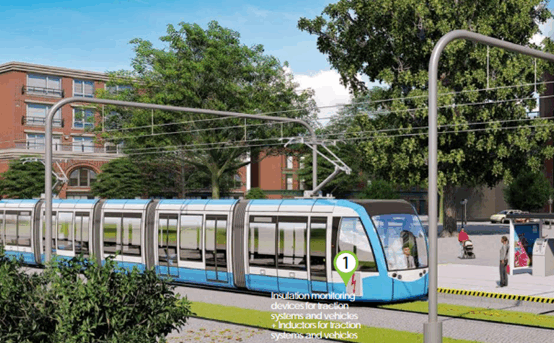
Insulation monitoring for traction containers and drive units
The traction container is the core of the electric train drive system. As a galvanically isolated unit, it converts the train’s high-voltage power into the power required for precise control of the traction motors while ensuring the entire system is safely isolated from the vehicle chassis and external power sources. Within this container is an AC/DC hybrid isolation system, encompassing interconnected AC and DC components such as the rectifier, high-frequency converter, and inverter (DC intermediate circuit). This complexity means insulation faults can occur simultaneously on the DC side (such as the inverter intermediate circuit, which can cause high-voltage arcing) and the AC side (such as the traction motors and high-frequency converter, which are prone to failure due to vibration and high-voltage stress). Therefore, to ensure maximum operational safety and power supply continuity, a universal AC/DC insulation monitoring device (IMD) is essential for continuous, synchronized insulation monitoring of critical high-voltage areas such as power inverters, rectifiers, and traction motors. This provides early warning of insulation breakdown and short-circuit risks before they occur. To monitor insulation faults in traction vessels and drive units, you can install the Hakel HIG99, Bender IMD, or Blue Jay IMD at locations most susceptible to insulation faults.
Insulation Monitoring for Central/Auxiliary Power Systems
The central/auxiliary power system refers to the 3 x 400 V / 50 Hz central/auxiliary power system on a train that supplies ventilation, air conditioning, lighting, and passenger outlets. It is typically an isolated IT power system. Insulation faults can endanger passengers and staff, so an IMD is required to ensure the isolation of the passenger compartment power system from the chassis and provide early warning before insulation levels drop to dangerous levels. For insulation monitoring in this area, consider the Blue Jay insulation monitoring device or Hakel’s HIGHIG93T or HIG93T/L. Both of them can monitor the insulation resistance of 3-phase ungrounded IT power supply systems for traction systems and vehicles.

Insulation monitoring devices for Railway infrastructure
Insulation Monitoring for Signaling and Control Systems
Railway infrastructure safety and communication systems are primarily based on isolated power supply systems (IT systems), which are crucial for ensuring train safety and avoiding operational interruptions. Due to their diverse application scenarios, voltage ranges span a wide range, from low-voltage DC for backup batteries to 3×6000V high-voltage AC for non-traction consumption along the line. These systems (such as traction rectifier substations, railway crossings, signaling, and line train control systems (LZB/ETCS)) require extremely high power supply reliability, and even the first ground fault cannot be tolerated. Therefore, specialized insulation monitoring devices (IMDs) are required to provide continuous, millisecond-level safety protection.
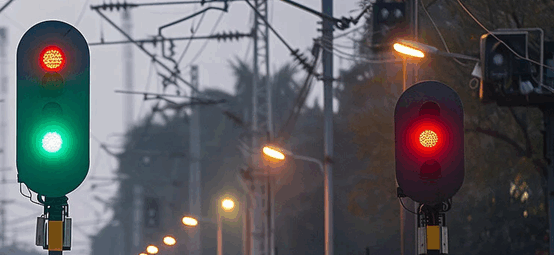
These IMDs must feature wide voltage range compatibility and unique voltage-free monitoring capabilities to verify insulation integrity before system power is applied. They can also provide early warning of insulation degradation in harsh environments (such as switch heaters in winter), minimizing downtime and ensuring safe and uninterrupted railway operations. Currently, insulation monitoring devices suitable for this application include HAKEL IMDs (HIG94, HIG93, HIG93/L, HIG245VDC), Bender IMD, and Blue Jay IMD.
Insulation Monitoring of Track Switch Heating Systems
In railway track switch heating systems, since the heating elements are mounted directly on the track, they are susceptible to insulation degradation due to long-term exposure to moisture, low temperatures, and mechanical stress. This can lead to conductive contact between the heating system and the track, generating dangerous touch voltages. To prevent insulation failure in the power supply circuit of track switch blade heaters during winter ice and snow accumulation, dual-fault level IMDs such as the HIG93, HIG93L, HIG99, and Blue Jay IMDs are required.
Insulation Monitoring of Traction Rectifier Substations
In substations that convert high-voltage power into DC or AC suitable for the traction network, especially for IT systems or the DC side, high-voltage IMDs are required to monitor the insulation condition of feeder and converter busbars.
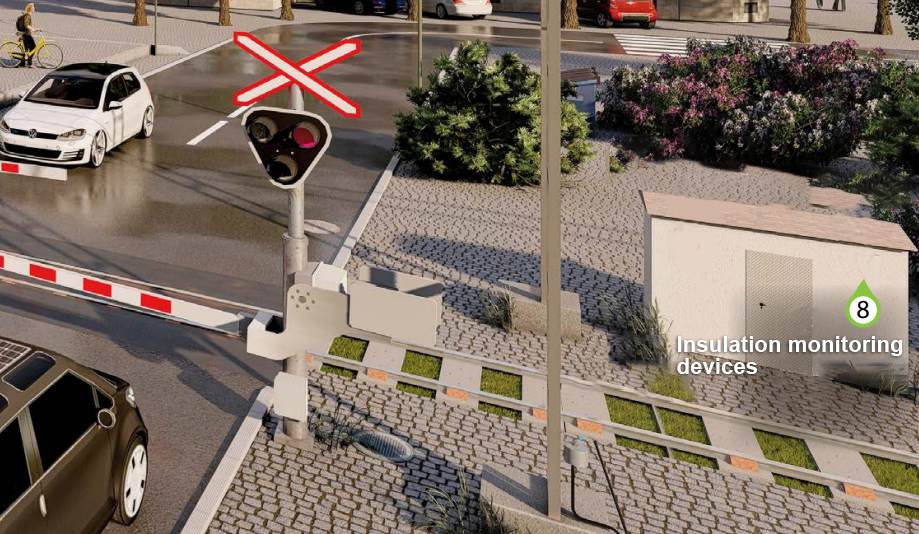
Conclusion
From traction batteries, containers, and drive units on rolling stock to signaling systems, track switch heaters, and rectifier substations in railway infrastructure, IMDs provide continuous supervision of insulation resistance, enabling early fault detection and preventing hazardous failures. By integrating proven solutions from leading manufacturers such as Bender, Hakel, and Blue Jay, railway operators can establish comprehensive insulation monitoring strategies that minimize downtime, extend equipment lifetime, and maintain compliance with stringent safety standards. Ultimately, IMDs play a critical role in advancing the resilience and performance of global railway transport systems.
Related Products
-
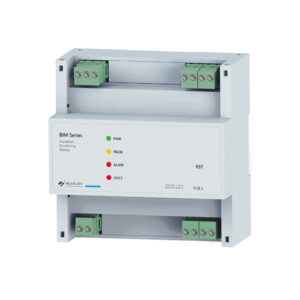
BIM-M1000 Insulation Monitoring Device for AC/DC system
Read more -
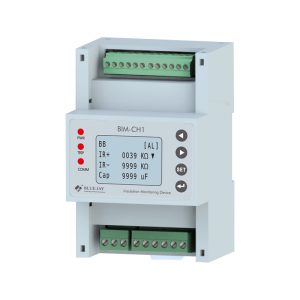
BIM-CH1 Insulation Monitoring Device
Read more -
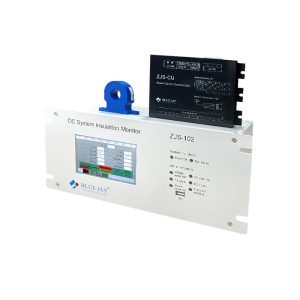
ZJS-102 DC System Insulation Monitor
Read more -
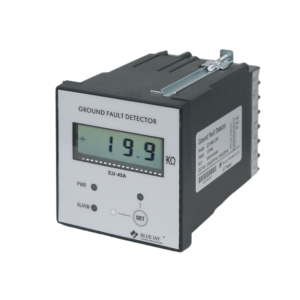
ZJJ Series DC Ground Fault Detector
Read more -
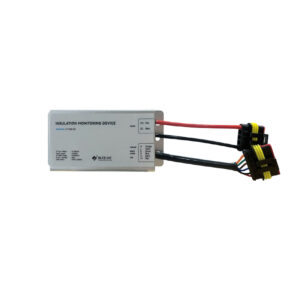
JY1000-EV Insulation Monitoring Device for Electric Vehicle
Read more -
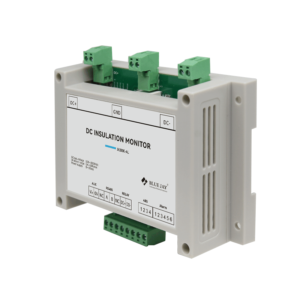
JY2000-AL IMD Insulation Monitoring Device
Read more
- DC Panel Insulation Monitoring
- Insulation Monitoring for DC Charging Stations
- Partial Discharge Monitoring System for Switchgear
- Arc flash Protection in Wind Turbines
- Partial Discharge Monitoring for Transformer
- Partial Discharge Monitoring for Cables
- Smart Energy Metering
- Temperature Metering & Record
- Pre-fire Alarm System
- Battery Suppervise System
- High-voltage Switchgear Protection
- Power Factor Correction
- BMS Equipped Rectifier
Quick Links
Contact Us






